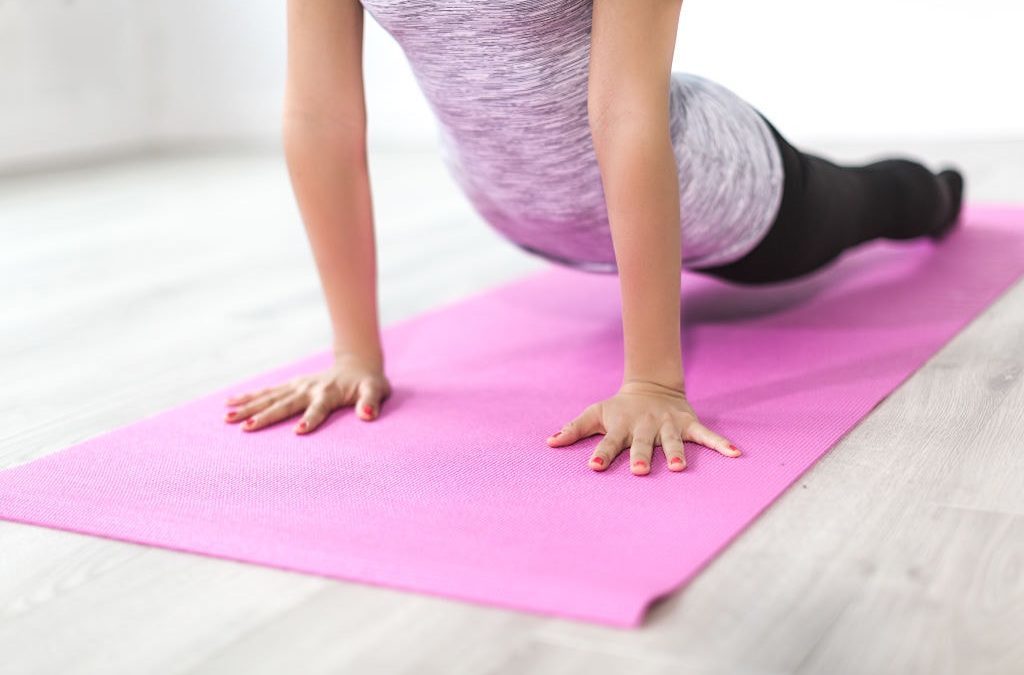Precaution for doing Asanas and Pranayama for best practice and positive change
Yoga asanas and pranayama are considered to be effective to improve physical, mental and spiritual well-being. The regular practice of yoga helps in making body flexible, cultivating character, proper breathing, sound relation and proper sex. It awakens the real potentialities of a human. However, practicing the asana in a wrong way (without caring the precaution for doing asanas and pranayama) can have negative effects rather than building positive changes in the body and mind. Thus, it is advised to practice asana only under the proper guidance of an experienced teacher or you need to have correct knowledge. Some of the precaution for doing asanas and pranayama are listed below:
Time to do Yoga: considered as an important precaution for doing asanas
- Practicing asana and pranayama early in the morning before breakfast is considered to be the best. The second better time is early evening, around sunset.
- Asana can also be practiced at day or night time when the body feels tired, tensed, or stiffed.
- Asana and pranayama can also be practiced in other time as well but there should be the gap of about 4 hours after a heavy meal and 2 hours after a light meal. It is also suggested that there should gap of about half an hour.
- It is not good to do too many over stimulating asanas before bedtime.
- Sitting, walking and sleeping in a correct posture is also an asana. So, if you become conscious there is yoga every moment.
- Pranayama is best to practice just after the asana, and meditation is highly effective if done after pranayama. However, it is no compulsion to follow the order. Meditation may be done at any time whenever you are free.
The place to do Yoga
Among several precautions for doing asanas and pranayama place of doing the yoga play vital role in the effectiveness.
- Yoga can give the best result if practiced in airy, quiet and peace which suits for better concentration and awareness.
- Better not to practice asana or pranayama in direct sunlight for a long duration. If it is before 10 am and body is getting comfort then it is ok. Indoor or outdoor does not matter but avoid cold wind, unfavorable temperature, insects etc.
- The ground should be well labeled.
Consciousness
- Practicing yoga without awareness is useless. Keep awareness throughout the yoga practice what you are doing. If you are practicing asana, concentrate on your own body. Try to feel the sensation and observe the breath. Be conscious of self, not outside. Be conscious so that you can perform asana with correct alignment.
- Practice comfortably and mindfully.
- When you are doing pranayama, be watchful in your posture so that your torso and neck will be always straight.
- Never force or strain hard. Don’t twist or bend the body in a jerky manner. If it is uncomfortable then don’t do.
- Take short relax between each asana or pranayama.
- Whenever you get free time practice observation on respiration for better practice of consciousness.
Respiration
- The nose is for breathing and the mouth is for eating. So, always breathe through the nose, unless instructed otherwise.
- In case problem to breathe through the nose, practice Jala neti or sutra neti. You can also take help from the expert.
Restriction
In fact, there is no restriction in yoga for any age. However, techniques, asanas, and pranayama may vary according to age and gender.
- All practitioners should not do khumbhaka (holding the breath).
- Most of the people are forbidden to do Sirshasana.
- There are different asana and pranayama that should be avoided by different patients.
- Avoid practicing yoga under the influence drugs or alcohol.
- Sometimes, people with heart diseases, high or low blood pressure or other serious organic problem have to avoid the asanas.
- Those who have disabilities or with the chronic medical condition should consult both medical doctor and yoga teacher.
- Do not practice pranayama unless you master sitting posture.
- Do not make a loud sound during pranayama. However, some pranayamas such as Bhastrika has a different rule.
- In case of tiredness, take rest in savasana and be fresh. After that, you can practice pranayama.
- Pranayama should be done peacefully and calmly, not in a hurry.
- If lungs are congested, don’t practice pranayama.
- Suryabhedi pranayama can be done only in winter and chandrabhedi in summer.
- People with high blood pressure, heart diseases or a hernia need to prohibit Kapalabhati and Bhastrika
- Shitakari pranayama should be avoided by people with low blood pressure. It also should be avoided in winter as well.
Clothes
- Clothes should not be tight and uneasy. It should be enough loose or elastic to perform asanas.
- A practitioner should use such dress which will not disturb for the practice of yoga.
Religion
- Yoga is universal and for all because health and wellness is for all. So, no religion needs to avoid yoga.
Food
- There is no hard and fast rule for food. However, taking unhealthy food is not ideal.
- No matter, whether you are vegetarian, non-vegetarian or vegan; you can practice yoga.


thank you for your suggestion.